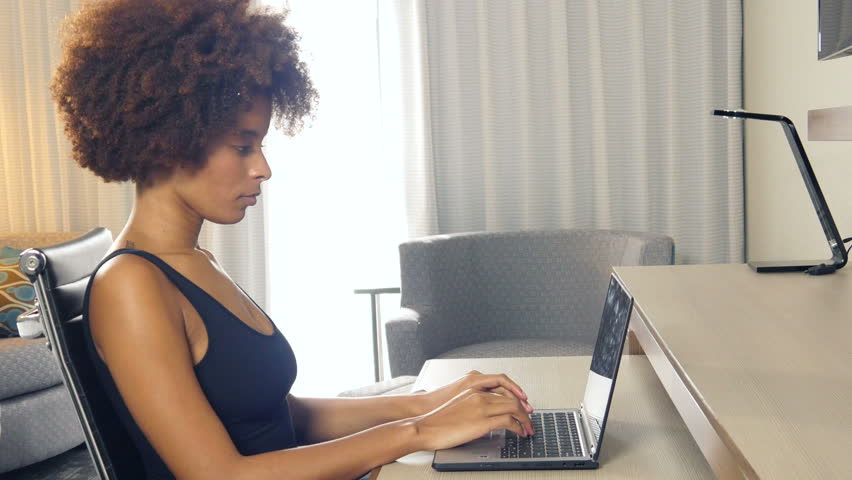Build a Successful Business alongside Your Full-time Job: What it takes.
- Robert Kulubya

- Jul 24, 2019
- 4 min read
Updated: May 27, 2020
This article is inspired by content contained in Raegan Moya-Jones’ book “What it takes” and the article Moya-Jones shared with Tony Robbins in 2019. Raegan Moya-Jones is the founder of aden + anais, She describes how she built a $100 Million business against the odds.
By the time you're done with reading this article, you will know exactly why you must build a business alongside your full time job.
One of the most common beliefs about the successful entrepreneur is that you must quit your job to show enthusiasm and have the time and energy to build a business. I can with no reservations at all state that this is clearly not true based on the experience of Reagan Moya-Jones the founder of aden + anais, a baby goods company that went on to become a $100 million dollar global brand even when Moya-jones kept her full time job as a sales person at “The Economist”. She started aden + anais in 2006 at a kitchen table from scratch and it took her 3 years to get to the market. Her company now has offices in New York City (head office), London, Tokyo, Sydney, Toronto and soon in China. We have about 108 full-time employees globally, and new product launches coming.
Besides Reagan Moya-Jones, some of the most celebrated entrepreneurs in the world kept their jobs until their start-ups were evolved enough to become much safer bets. Steve Wozniak of Apple, Pierre Omidyar of eBay, and Phil Knight of Nike, are living examples. In “What It Takes”, Raegan Moya-Jones shares an inspiring story for anyone who wants to change their career, play by their own rules, and build a successful business in the process. She shows entrepreneur hopefuls that it’s okay not to know it all—as long as you’re willing to do whatever it takes to make your dream a reality
This woman Reagan Moya-Jones did it, and here is how;
“I didn’t set out to build a $100 million business. I just wanted to bring a fantastic product to the U.S. market. The hardest part was raising capital, since the recession was looming. I put in a chunk of my savings and borrowed from friends and family until we could consider private equity funding. With zero experience in manufacturing, it was a big learning curve to navigate the supply chain and figure out what I had to know to create the product. It took three years to get to market, in 2006. We started with four stock items: boy, girl and white swaddle packs, and a towel and washcloth—all muslin. I stayed full-time at The Economist until 2009, when aden + anais hit $1 million in revenue. That was a milestone for me because I’d read that only 2 percent of women-owned businesses ever get to that point”.
In an article Moya-Jones shared with Tony Robbins;
"It’s the myth of entrepreneur as risk-taker that has the potential to do far more damage – whether by deterring women (and men!) from starting businesses because they don’t fit the stereotype, or by discouraging potential investors because they wrongly perceive caution, discretion, and risk aversion to be negative traits.
Perhaps we should consider what risk-taking means in the first place. What one person deems risky – based on a million little factors, from the size of their bank account to their place in the social order – another might view as harmless. Some of us think starting a business is inherently risky and that finding and keeping a full-time job is the safe bet. However, counting on your employer to be the sole provider of your income is a huge risk. Most people don’t understand that they can be fired at any time, or the company could fold – they falsely believe they have security. Starting a business might be enormously risky for someone with $200,000 worth of student loan debt (and no guarantee of immediate income), but for someone like me, who had income in the form of a full-time job to fall back on, it wasn’t particularly risky at all.
Likewise, spending my free time on a side hustle was not a risk. Yes, I had limited time given that I had a job and a growing family, but it was a greater risk not to act on an idea that could eventually provide financial freedom for my family. In my eyes, depending on my employer for a paycheck to support my family for the rest of my life was the greatest risk of all, because it was based on the false idea that employment is safer.
But what I most wanted – aside from the opportunity to be my own boss and define my own future – was a chance to prove to myself that I could do this. Keeping my job was just a way of mitigating the risks. More than that, it alleviated virtually all of the pressure I might otherwise have put on myself to be successful: I had not put my family in financial jeopardy by quitting my job. I had not invested more than we could afford to lose. It allowed me to (as I like to say) make peace with potential failure, which means that I really, truly internalized the notion that it was OK to fail. It was much more important to me to try and fail, in fact, than to sit back, wait ten years, and watch somebody else find success exploiting the very same idea that I’d had.
To me, the risk was greater in not trying, in not taking a chance on something that would help me free myself from my dependence on a paycheck written by someone else. Even if the whole thing went up in flames, I’d be able to walk away knowing I’d given it my best shot.
Now or never, we must begin to think and act differently. say no to living your whole life on the ends of strings that someone else is holding. You have greatness in you.

Robert Kulubya is Uganda’s premier Motivational Speaker, Corporate Trainer in the facets of leadership, team building and personal growth. As a catalyst for change and a strategist for success, Robert has devoted his life to building people and transforming lives everywhere through creating and offering an array of diverse programs that awaken the greatness in everyone. Subscribe below to become a member of the Robert Kulubya Family.





Comments